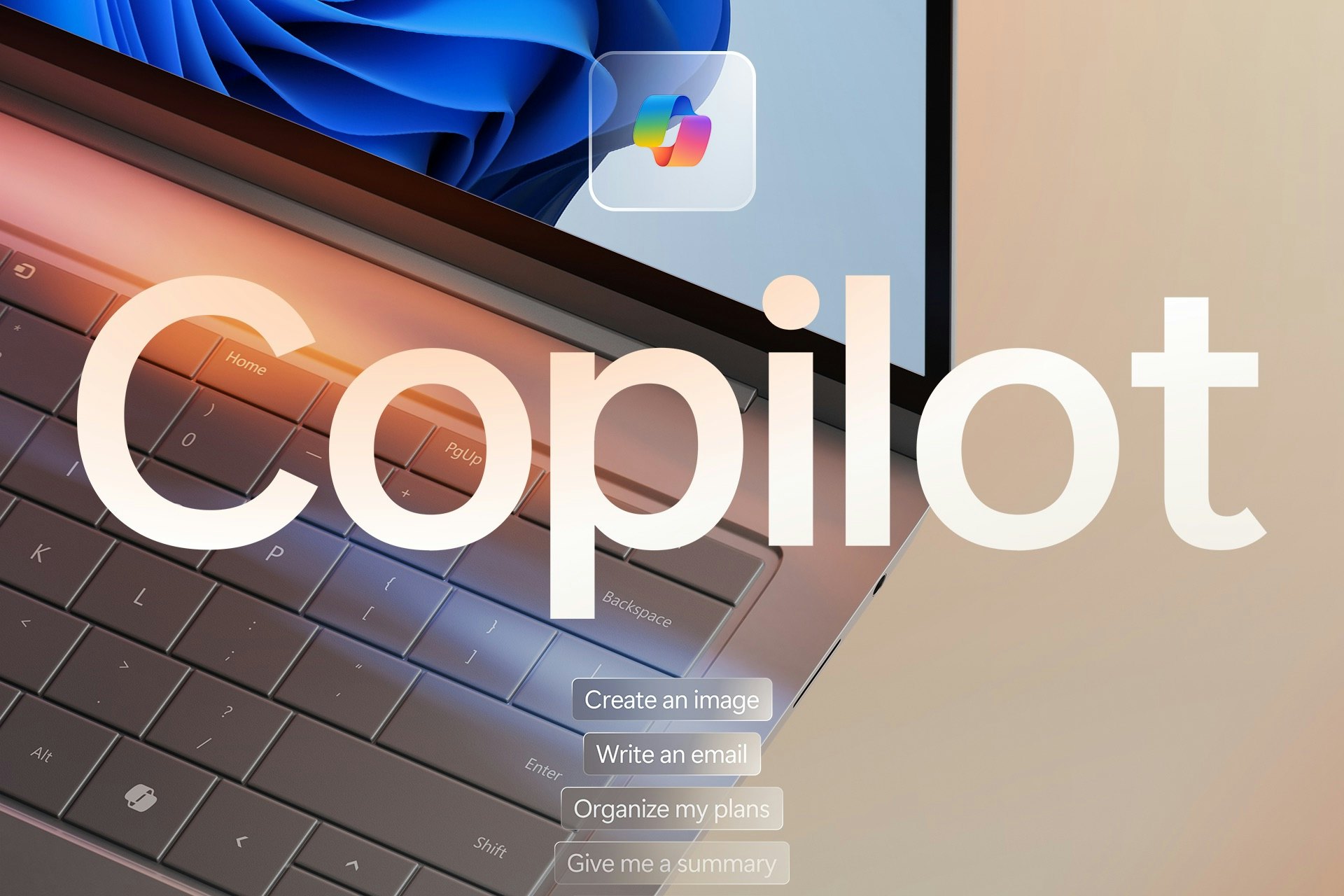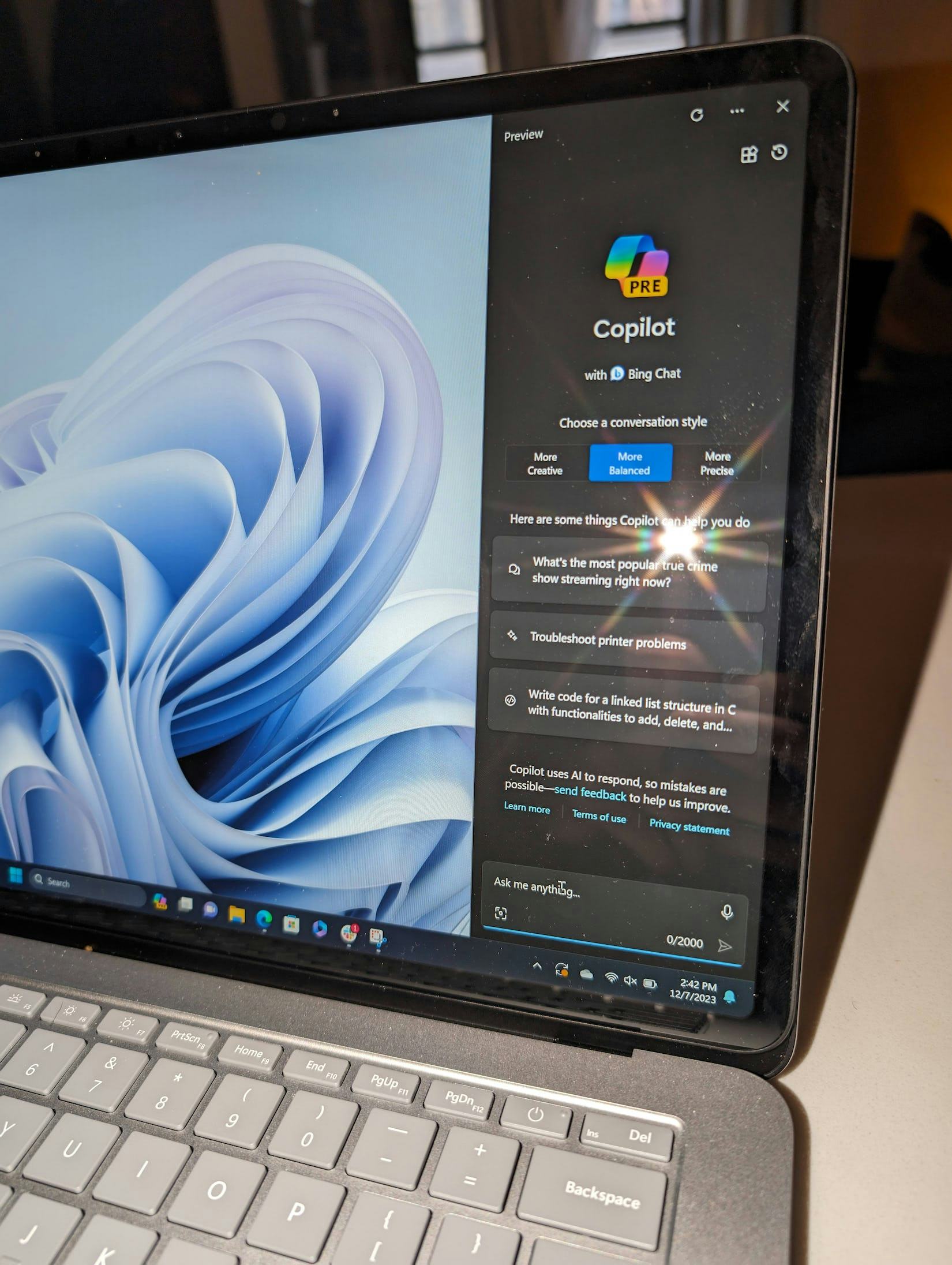
Copilot is taking the next step in its rise to the top of Microsoft’s priority list. Starting this year, Windows 11 PCs will start getting their own physical Copilot key on the keyboard, making the AI assistant just a keystroke away at all times.
If you’ve been paying close attention, you’d already know that Copilot is pretty much the centerpiece of how Microsoft envisions the future of Windows — for my feelings on that, read about my experience with the Surface Laptop Studio 2 — but the introduction of a whole-ass key on every Windows 11 PC is still a major step, not just for Copilot, but for AI in general.

As you can see in the below video, the Copilot key will be located between the right Alt key and left arrow key. On Windows PC keyboards, it replaces the menu key, second Ctrl key, or Fn modifier key.
The Key to Windows Computing
How significant exactly is a Copilot key? Well, according to Microsoft, this is the first time in almost 30 years that a new key shortcut has found its way to the standard PC keyboard. For perspective, the Windows key (the one with that friendly Microsoft logo on it) was introduced way back in 1994. Feel old yet?
As you might’ve guessed, stroking the Copilot key will pull up Microsoft’s ChatGPT-powered assistant, and from there, users will be able to enlist Copilot for doing all of the things it’s good (or not so good) at. Searching the web, making graphs, reading emails, drafting responses, etc...

Believe it or not, the Copilot key’s landing on the Windows PC keyboard is also pretty imminent. Microsoft says that starting in February we should expect to see it appearing on Windows 11 laptops “from ecosystem partners” and “upcoming Surface devices,” which, given the fact that Copilot is still relatively new on the scene, feels like a somewhat sudden arrival.
This Is Your Captain Speaking
Beyond the practical significance of a Copilot key, what’s most interesting is what its inclusion on the Windows PC keyboard means about the company’s commitment to AI in general. It’s clear that Bing, and its heavy integration with Open AI’s ChatGPT, was only the beginning of what Microsoft thinks chatbots have to offer.
With Copilot, the application of an AI chatbot/assistant goes beyond just your typical internet search and seeps into just about everything you’d want to do on a Windows computer. That means opening apps or posting things on social media. Heck, it even means giving the keys to AI for video editing or reading your important emails.
And for Microsoft, this all makes sense. If AI really is the future, it needs to prove to people that chatbots like Copilot and ChatGPT are actually worth engaging with and learning how to use. To do that, Microsoft also has to make Copilot easy to use, and a big part of that is shoving it in front of your eyeballs whenever possible.
Whether Copilot will gel with users once it’s actually in front of them is a different story altogether. But we now have one big glaring key that says Microsoft is betting it all on Copilot successfully passing its biggest flight test yet.







